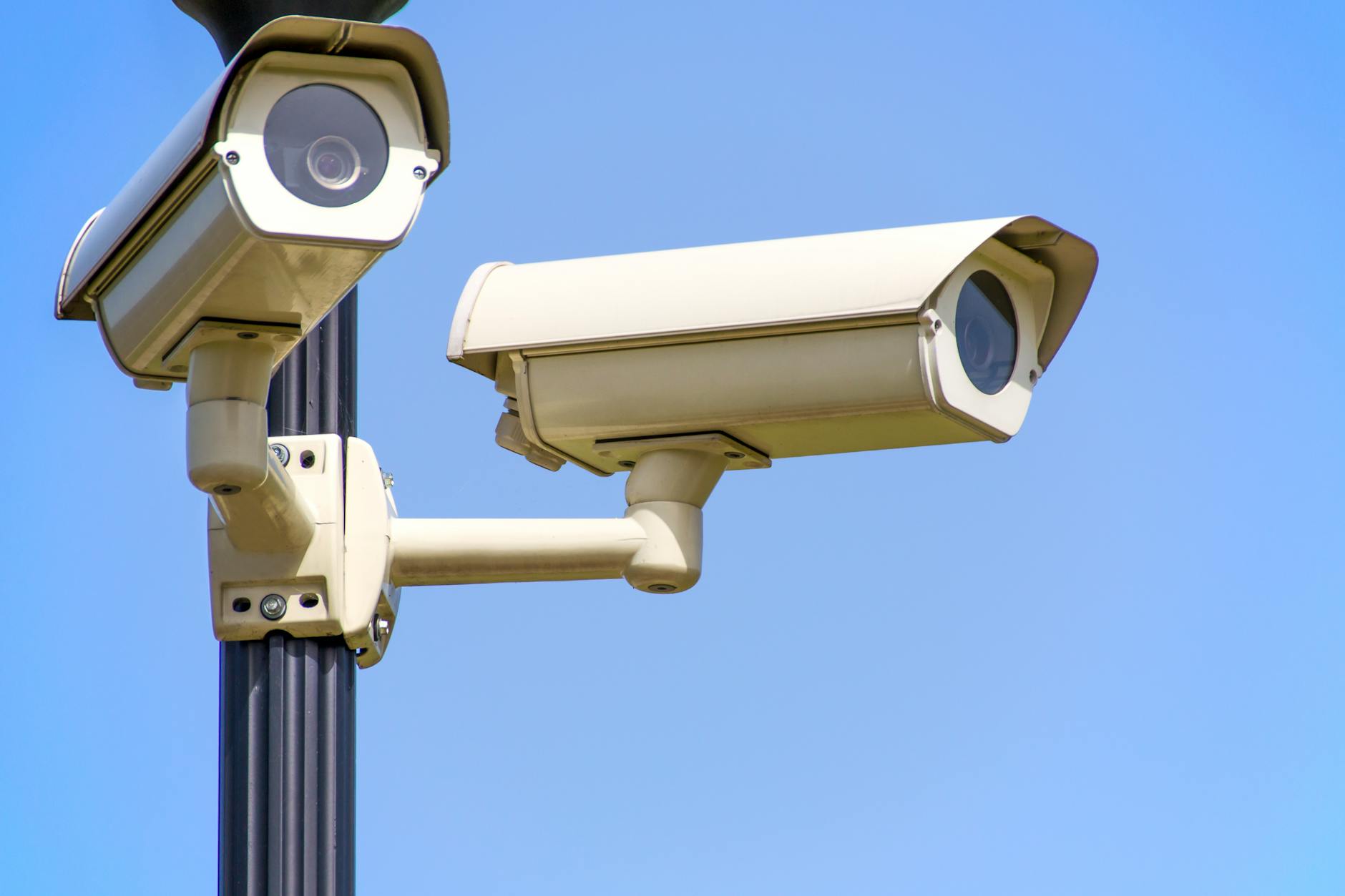Uncover the secrets behind how inventory management systems are revolutionizing the fight against theft in retail and warehouses today.
 Image courtesy of PhotoMIX Company via Pexels
Image courtesy of PhotoMIX Company via Pexels
Table of Contents
Theft is a major concern for retail businesses, with inventory shrinkage costing the industry billions of dollars each year. One crucial tool that businesses can utilize to prevent theft is an efficient inventory management system. These systems not only help businesses track and manage their inventory more effectively but also play a significant role in reducing instances of theft. In this blog post, we will discuss the importance of inventory management systems in preventing theft in retail businesses.
The Costs of Theft
When theft occurs in a retail business, the consequences can be significant. Not only does theft result in a direct financial loss for the business, but it also impacts customer loyalty and tarnishes the brand’s reputation. The financial impact of theft goes beyond just the stolen merchandise; it also includes costs associated with investigating and addressing the theft, as well as the potential loss of future sales from dissatisfied customers.
How Inventory Management Systems Help Prevent Theft
Inventory management systems are essential tools in the fight against theft in retail businesses. One of the key benefits of these systems is their ability to provide real-time tracking of inventory levels. By knowing exactly what is in stock at any given time, businesses can quickly identify discrepancies and potential theft.
Additionally, inventory management systems allow businesses to monitor employee behavior and detect any suspicious activity. These systems can track which employees have accessed inventory, when items were removed or added to the system, and flag any irregularities for further investigation. This level of visibility helps deter employees from engaging in theft and provides businesses with valuable insights into potential areas of vulnerability.
Furthermore, many inventory management systems can be integrated with security systems, such as surveillance cameras and access control measures. By combining these technologies, businesses can create a comprehensive security network that deters theft and provides evidence in the event of a security breach.
Case Studies
Several retail businesses have successfully reduced instances of theft by implementing robust inventory management systems. For example, a clothing retailer saw a 20% decrease in theft after implementing an inventory management system that tracked every item from receiving to point of sale. Another electronics store reported a 15% decrease in theft after integrating their inventory management system with their security cameras, allowing them to identify and address theft incidents promptly.
Statistics also show a clear correlation between the implementation of inventory management systems and reduced theft rates. Businesses that adopt these systems typically experience lower rates of theft and are better equipped to prevent and address instances of theft when they do occur.
Best Practices for Implementing Inventory Management Systems
When considering implementing an inventory management system to prevent theft, businesses should follow some best practices to ensure the system’s effectiveness. Firstly, it is crucial to choose the right software that aligns with the business’s specific needs and size. Investing in a system that offers real-time tracking, reporting capabilities, and integration with security measures is essential for maximizing its anti-theft potential.
Secondly, training employees on how to effectively use the inventory management system is vital. Employees should understand how the system works, how to input and track inventory accurately, and how to recognize and report any suspicious activities or discrepancies. Regular training sessions and refresher courses can help reinforce the importance of using the system correctly.
Lastly, conducting regular audits and updates of the inventory management system is critical to maintaining its accuracy and effectiveness. Businesses should periodically review their inventory data, reconcile it with physical counts, and identify any discrepancies or potential issues. Updating the system with new features or security measures can also enhance its anti-theft capabilities and adapt to evolving threats.
Conclusion
Inventory management systems play a crucial role in preventing theft in retail businesses by providing real-time tracking, monitoring employee behavior, and integrating with security systems. Businesses that invest in these systems not only reduce their risk of theft but also improve their operational efficiency and customer satisfaction. By following best practices for implementing and maintaining inventory management systems, businesses can create a secure and resilient environment that deters theft and fosters long-term success.




